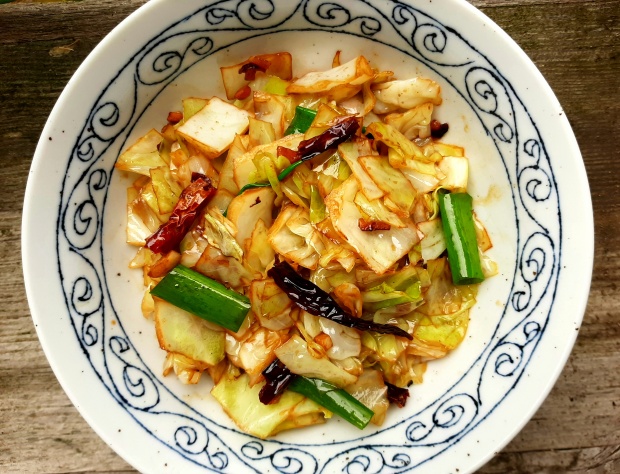Culinarily speaking I’m pretty much up for making anything, but nothing puts me out of my comfort zone more than being asked to make vegan food! So when Masters of Malaysian Cuisine invited me to feature a veganised version of a Penang street food dish, I quaked in my proverbial cooking boots.
Whilst I’m in no way adverse to vegan food per say, I’m unabashed of my love of meat with the Malaysian in me always eager to sneak in a bit of belacan here, or some oyster sauce there. In term of diet and cooking, vegan food is an almost entirely alien proposition to me – especially when it comes to veganising Malaysian food. Whilst veganism is well catered for in the West, any vegetarian/vegan who has visited Malaysia knows all too well that our local cuisine is a veritable meaty minefield! From kailan swimming in oyster sauce, to sayur lodeh spiked with prawns. Malaysian vegetable dishes are rarely actually vegetarian, much less vegan: typically it’s a case of the meat vs. vegetable ratio, favouring the latter – hardly ideal for those who shun meat! Nevertheless, even in Malaysia, times and tastes have evolved, and the market for healthier eating has taken root, resulting in a desire for veganised Malaysian recipes. So, I too had to put my belacan away, get with the times and do the unthinkable: make a beloved Malaysian dish vegan!
Choosing a suitable dish was, in the end, perhaps the hardest part of this exercise. So many of my favourite street food options seemed indelibly meat-based, and without an intimate knowledge of suitable meat substitutes, I found it difficult to reimagine most without the offending ingredients. In the end I settled on one of my favourite Indian street food dishes – Pasembur, or Indian Rojak. Though traditionally made with prawn fritters and sliced eggs, this piquant salad seemed ripe for veganising! With the gravy already sans meat, it was a simple matter of substituting the offending prawns with mushrooms, and omitting the egg – easy changes which ultimately have little or no impact on the dish itself.
Vegan or not, pasembur is a sweet, spicy, and crunchy delight, and an absolute must-try!
To discover other delicious Malaysian recipes from The Muddled Pantry, please click here









